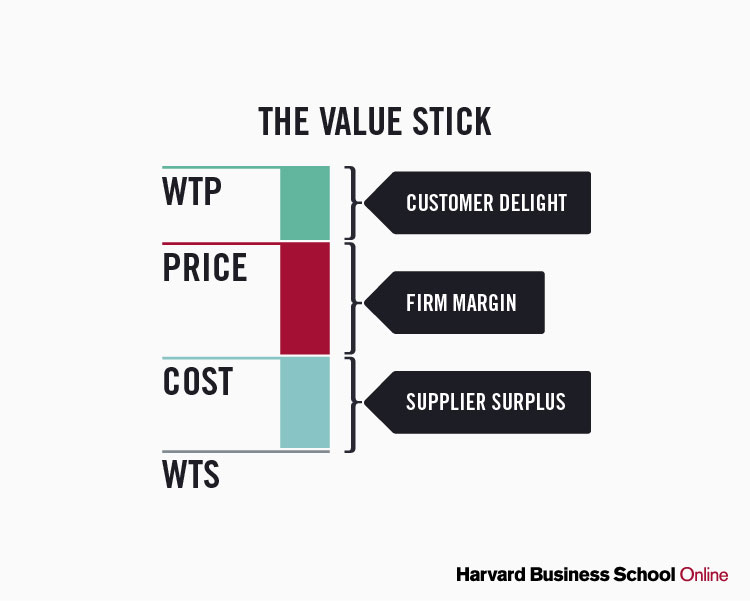Value-Based Strategy for Digital Transformation
What comes to mind when you think of the word “Strategy?” When you do a Google Image search of the word, countless images are similar to the picture below. Suddenly, “Strategy” becomes big, scary, and complex.
But it doesn’t have to be.
Felix Oberholzer-Gee, the Andreas Andresen Professor of Business Administration at Harvard Business School, sat down to share the insights from his book “Better, Simpler Strategy: A Value-Based Guide to Exceptional Performance” and how you can use Value-Based Strategy to successfully navigate your digital transformation.
Digital Transformation Strategy Based on Value - Felix Oberholzer-Gee
Why is it that some companies dramatically outperform others in their industry?
It isn’t anything complex or sophisticated. According to Felix, they only do three things.
Felix refers to the Value Stick to help provide a visual representation of a value-based strategy.
3 Things Top Performing Organizations Do:
1. Create additional value for their customers
Willingness to pay (WTP) is the highest price a customer is willing to pay for your product or service. Customers are likely to purchase at any amount up to the WTP. The difference between the price of your product and the WTP is known as the customer’s delight. Digital Transformation and technology provide you with the opportunity to improve your customer experience, and in turn, their delight in your brand.
Our economy is shifting to be subscription and loyalty program driven. Brands like Netflix and Amazon have shifted the way that we retain our customers. To be successful in today’s market, you need to continuously win your customer over rather than have a one-and-done transaction.
Using tools like RPA and Workflow to automate processes will give your team more time to focus on things like demonstrating empathy, truly listening to your customers’ feedback, and give them the mental energy needed to dream up new and innovative ideas for increasing the customer’s WTP.
2. Create value for their employees
Willingness to sell (WTS) is the lowest price an employee is willing to accept in exchange for the work that they contribute to your organization. It may sound counterintuitive, but the goal here is to decrease an employee’s WTS by improving their experience working for your organization.
Think of it as the lowest compensation you can offer to a candidate and have them still accept the position. We can use technology to decrease WTS by improving the day-to-day working life of your employees.
Using tools like Case Management that help drive decision-making and reduce the need to search for information can help focus your employees and keep them engaged. Minimizing the work that makes people feel like robots, by handing those tasks off to actual bots, can improve your organization’s culture and help attract bright minds.
3. Create value for their suppliers
You can apply willingness to sell to suppliers and partners as well. WTS is the lowest price a supplier is willing to accept in exchange for the raw materials needed to create products in this scenario. While many suppliers would like to sell goods for the highest amount possible to maximize profits, most are willing to reduce prices to a certain extent to make a sale.
Implementing solutions like Accounts Payable automation can allow you to reduce your supplier’s WTS with incentives like early pay discounts.
The ultimate takeaway? A simple strategy focused on creating value for your customers, employees and suppliers will help you be successful with your Digital Transformation.
Felix recommends:
“Always ask how can I create value for my customers? How can I create value for the people who work for my organization? And then what digital technology is out there in order to help me make that a reality?”
Subscribe to the Naviant YouTube Channel
To catch more Question Corners, plus OnBase training webinars and other video content, subscribe to the Naviant YouTube channel.
Want More Content Like This?
Subscribe to the Naviant Blog. Each Thursday, we’ll send you a recap of our latest info-packed blog so you can be among the first to access the latest trends and expert tips on workflow, intelligent automation, the cloud, and more.





